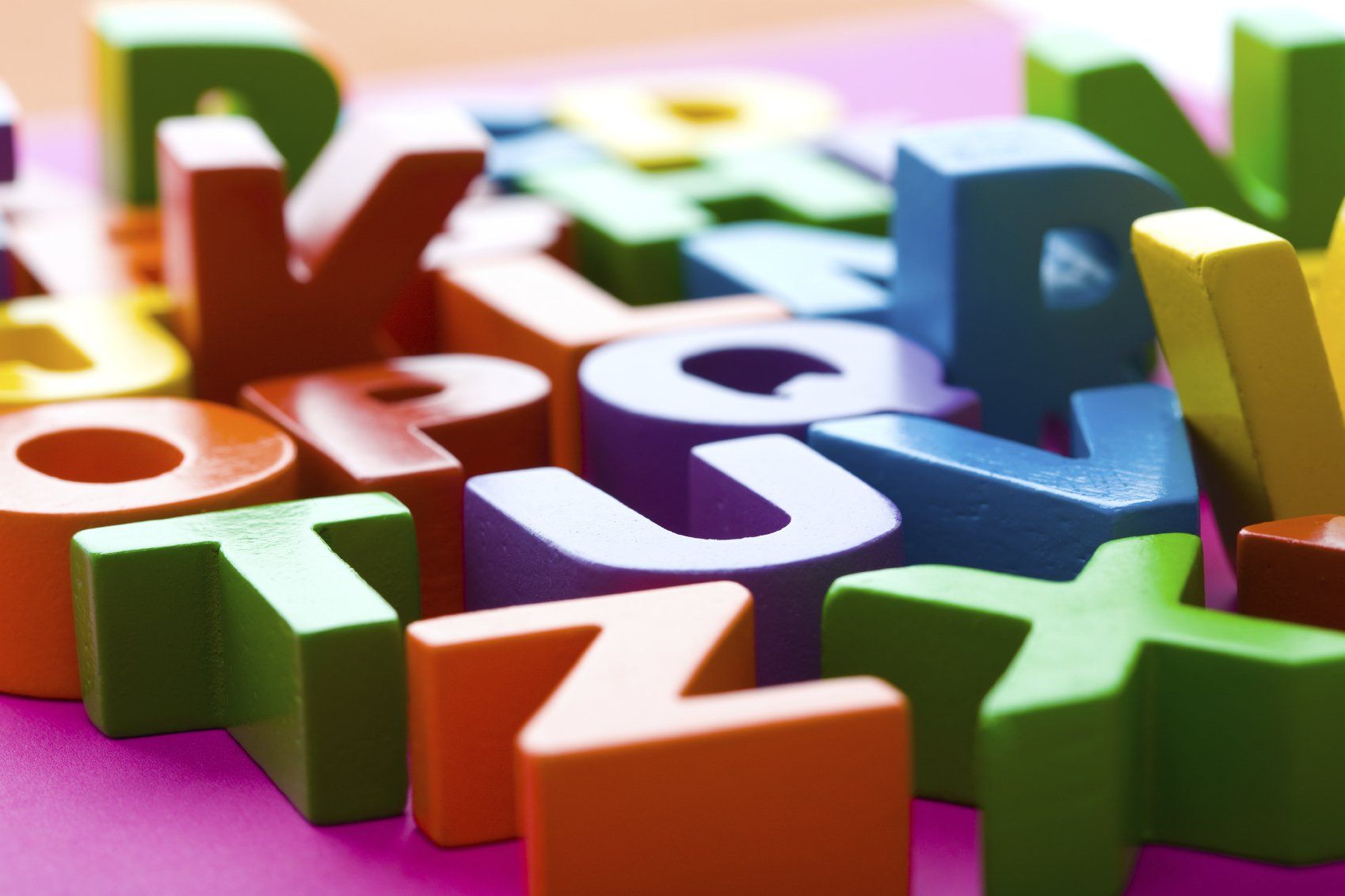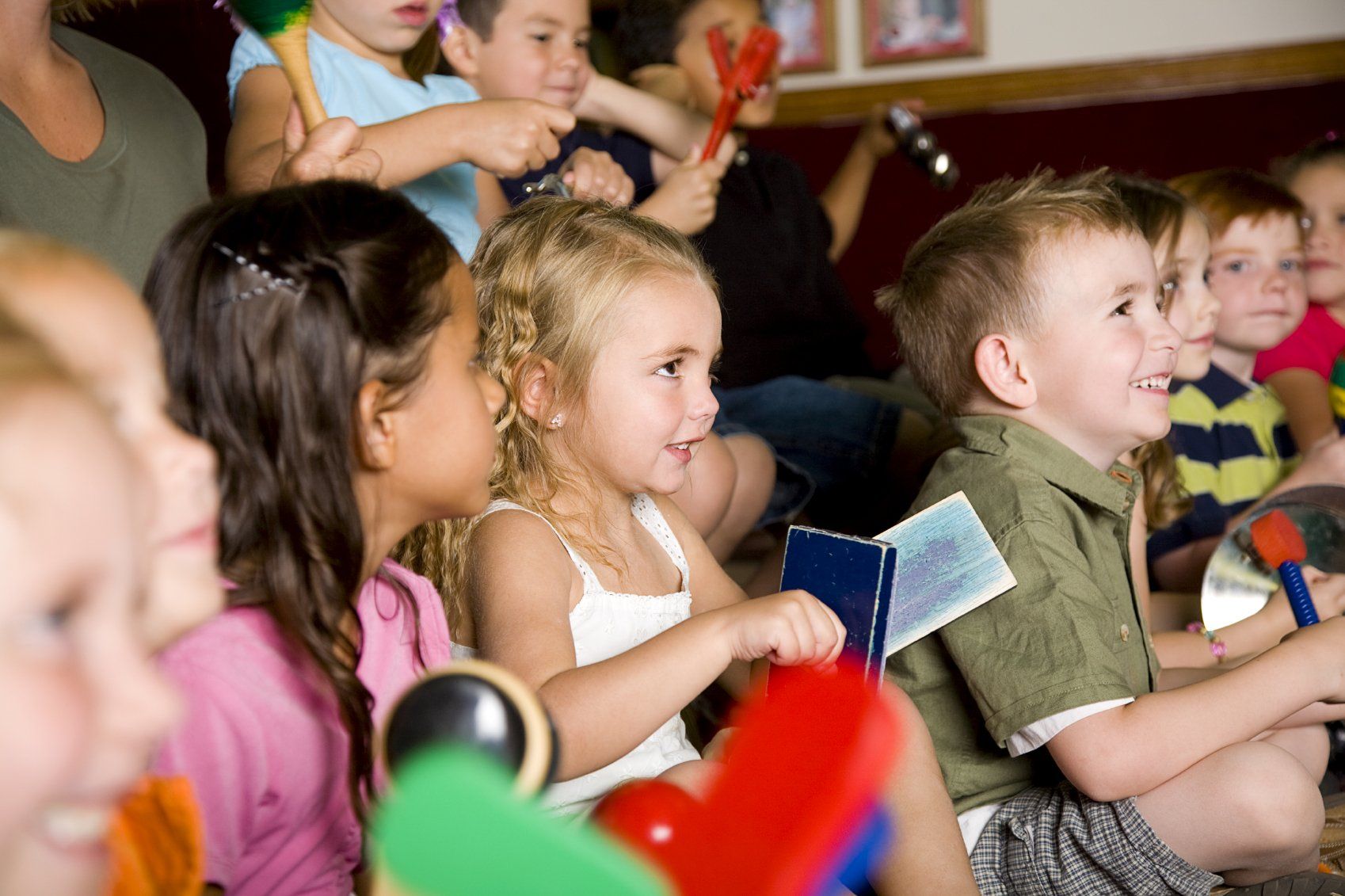Founder's Perspective
It is our job to raise achievement through play in the early years of a child's life.
Learning times tables - where to begin.
One mum's perspective on accelerating times tables ability
The Standards and Testing Agency (DfE) require a multiplication test to be carried out by children in Year 4 (around 8 years old). It is not a diagnostic tool, so schools use it to support children who need it.
Children have 6 seconds to answer each question for multiplication to 12 x 12.
The test is 5 minutes long. There are 25 questions.
The test selections from 121 questions from the 2 to 12 times tables. The 1 times tables is not included.
https://www.gov.uk/government/collections/multiplication-tables-check
Maths has two sides - learning by repetition and learning by conceptualisation. Both go hand-in-hand.
Starting at 4 years old - learning by repetition
Count in 2s, 5s, 10s.
Daily times table routine
Every morning on the way to school - recall times tables facts. Start with 2s, 5s and 10s.
Every evening on the way home from school - recall times tables facts. Repeat the ones from the morning.
Resources
Buy a 100 square mat. Look at the number patterns - order the numbers. Use active learning games to recite number patterns (jump from 2 to 4 to 6 to 8 to 10).
Starting at 4 years old - learning by conceptualisation and real-world experience
Group everything - talk about groups of 2 for everyday objects (socks, shoes, knives and forks).
Talk about groups of more objects (triangles for groups of 3s, squares for groups of 4s etc).
Play shopping use money (coins and notes) to learn multiples of 2, 5 and 10. Choose food and toys to buy in multiples.
Numberblocks!
Watch children's programmes that demonstrate the concept of multiples - the 9 block being a multiple of 3 etc.
Focus on multiplication visualisations.
By 5.5 years old
Repetition of number facts of 2, 5, 10 times tables.
Introduce complex multiples - group multiples for common patterns
Focus on 3, 6, 9 and 12 times tables together.
Focus on 4, 8 and 12 times tables together.
Focus on 11 times tables.
By 6 years old
Speed and accuracy are important now.
Lots of written sums including missing number problems.
The theory is that if you've been learning your times tables for 4 years between the age of 4 to 8 years old, you will have good grasp of the concept and the repetition of patterns.
Try it and see!
*We developed
STEAM sessions for toddlers to introduce multiplication concepts and numbers early.






